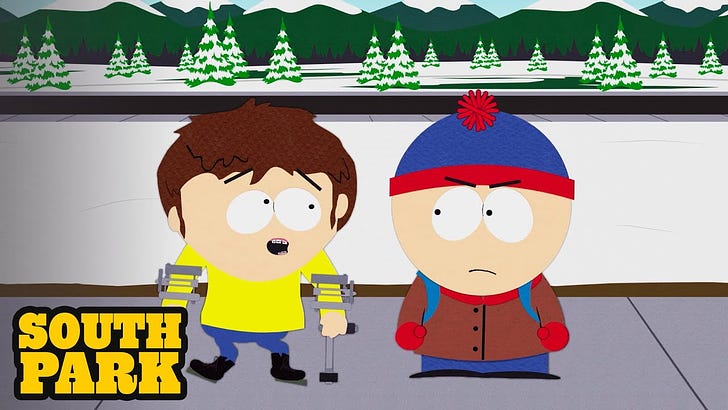The climate case for getting a bidet
A recent episode of South Park unexpectedly shed light on the climate and environmental harms of toilet paper.
Earlier this month, a Peabody Award-winning television show with millions of weekly viewers used its platform to expose an oft-overlooked industry driving the climate crisis.
The show was South Park. The industry was toilet paper.



